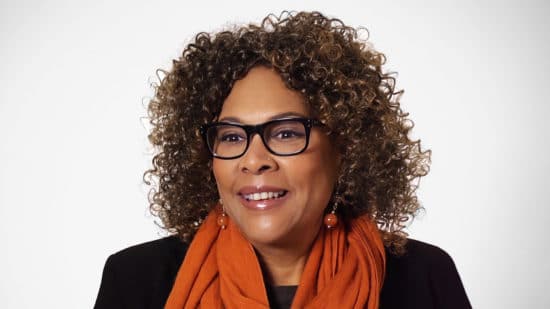Film & Video Editor

What you need to know
Film and video editors bring together raw footage to make the final cut of a movie. Editors take footage shot by camera operators and organize it into a final product.
Film and video editors typically work in studios or in office settings. Nearly all editing work is done on a computer, and editors often are trained in a specific type of editing software.
A typical day for a film & video editor might include these duties:
- Edit footage for television programs, motion pictures, music videos, documentaries, or news and sporting events
- Organize and edit digital footage with video-editing software
- Collaborate with a director to determine the overall vision of the production
- Discuss editing techniques with a director to improve a scene
- Edit a scene based on the director’s vision
- Communication skills. Video editors must communicate with other members of a production team, including producers and directors, to ensure that the project goes smoothly.
- Computer skills. Video editors must use sophisticated editing software.
- Creativity. Video editors should be able to imagine what the result of their filming or editing will look like to an audience.
- Detail oriented. Editors look at every frame of film and decide what should be kept or cut in order to maintain the best content.
- Visual skills. Video editors must see clearly what they are filming or editing in the post-production process.
The average pay for film and video editors in the United States was $58,230 in May 2022 according to the U.S. Bureau of Labor Statistics.
A film and video editor’s pay depends on factors such as level of experience, education and training, geographic location, and specific industry.
About 8,200 new job openings for both camera operators and video editors are projected each year, on average, over the next 10 years in the United States. In 2022 there were about 36,500 camera operators and 51,000 video editors working in the United States.
Overall employment of film and video editors is projected to grow 7 percent from 2022 to 2032 according to the U.S. Bureau of Labor Statistics. This is faster than the average growth rate for all occupations.
The number of Internet-only platforms, such as streaming services, is likely to increase, along with the number of shows produced for these platforms. This growth may lead to more work for editors and camera operators.
Most editor positions require education in a field related to film or broadcasting, such as communications. Some college major options include:
Many colleges offer courses in cinematography or video-editing software. Coursework involves a mix of film theory with practical training.
Editors may complete a brief period of on-the-job training. Some employers may offer new employees training in the type of specialized editing software those employers use. Most editors eventually specialize in one type of software, but beginners should be familiar with as many types as possible.



